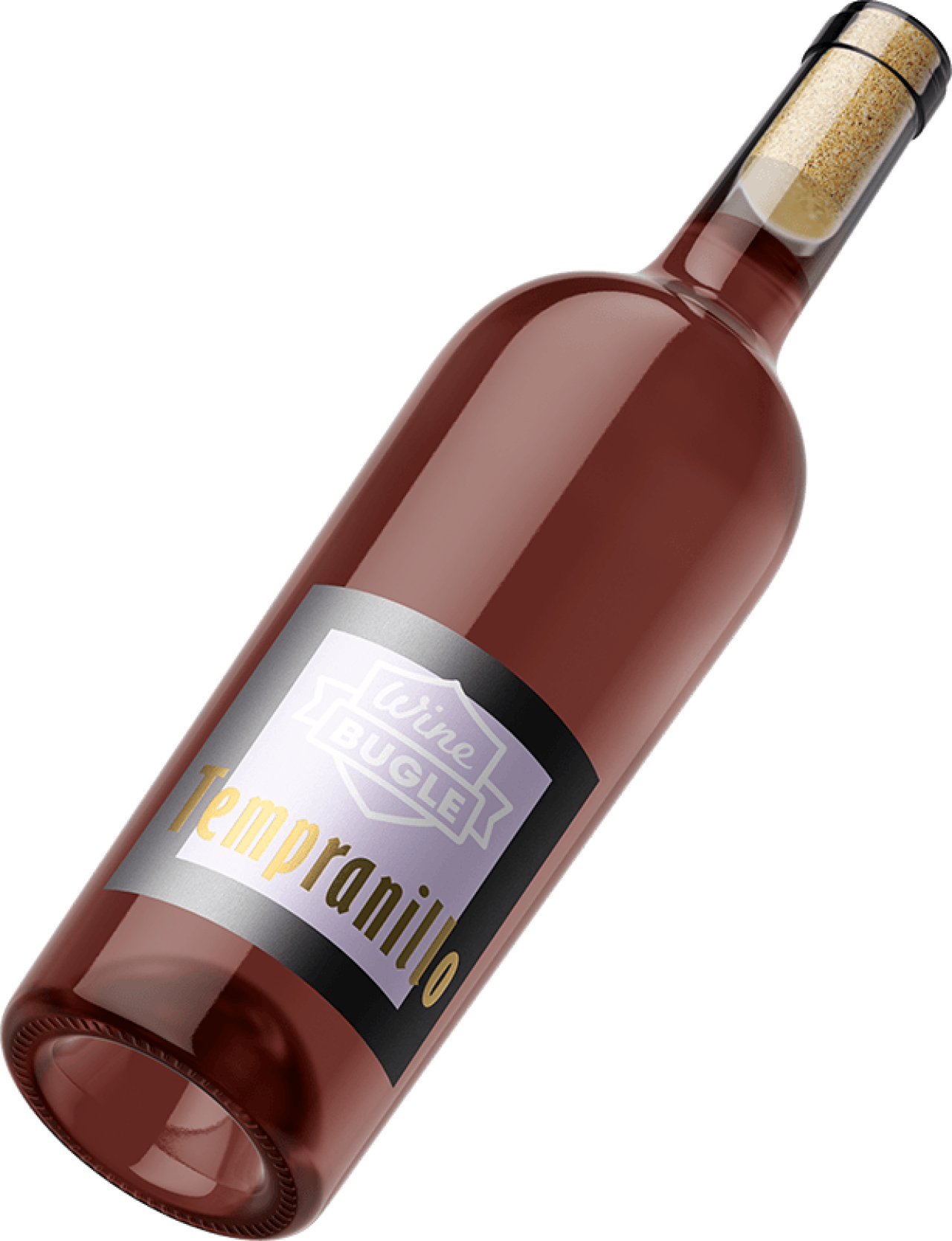Origins of Tempranillo grape
Tempranillo is the most important Spanish red grape and one of the most cultivated in the world. It is thought that it arrived in Spain probably thanks to the monks of Cluny who walked the path of Santiago on pilgrimage.
Its name derives from the Spanish word 'temprano', which means early, because it ripens much earlier than other Spanish varieties. The other names by which it is known are Cencibel, Tinto Fino, Tinto del Pais, and Tinta del Toro in the various Spanish regions and Aragonez and Tinta Roriz in Portugal.
Due to its low acidity, it is often used in blends to add structure and tannins. Tempranillo is usually blended with Grenache, Mazuela, Graciano, Merlot and Cabernet Sauvignon.
Where it is grown
Tempranillo is widely grown in Spain and Portugal, but it can also be found in Italy, Australia, California, France and Argentina.
In Spain, it dominates in three of the most famous wine regions, namely Ribera del Duero, Toro and Rioja, home to great red wines.
Tempranillo needs lots of sunlight to fully ripen and produce healthy fruits. But it does not like excesses, which makes the fresh areas of Rioja and Ribera del Duero its ideal habitats.
In the Rioja region, the influence of the Atlantic Ocean mitigates the climate and provides a cooling effect that helps to preserve the acidity and elegance of this grape. In Ribeira del Duero, on the other hand, the climate is continental, and even if the altitudes are not the same, the grape can produce equally concentrated wines.
In Portugal, where it is known as Tinta Roriz, it is one of the main grape varieties in the Port wine blend.
Flavors and style
Tempranillo can produce exceptional wines when made with low yields, longer macerations and good aging in wood. Unfortunately, sometimes high yields and excessive use of oak can instead create dull wines.
The best examples are complex and elegant, full and aromatic.
They have a deep color, with violet tones turning into reddish and garnet hues with age.
The intense aromatic profile is one of Tempranillo's strengths. Forest fruits, violets, strawberries, plums, red and black fruit, wildflowers... There are plenty of nuances that can be perceived in Tempranillo wines. After long aging, aromas can even develop hints of vanilla, coconut, cocoa, licorice, and balsamic notes.
It is relatively low in acidity and has firm but round tannins.
Tempranillo wines seem to often benefit from aging in oak barrels, which give the wine a unique taste and determine its quality. When used carefully, oak can soothe the wines and enhance the elegant and soft fruit of the Tempranillo grape.
Tempranillo food pairings
Tempranillo is definitely a foodie wine. The younger wines go well with gourmet and elaborate dishes like a succulent grilled steak with rustic potatoes or an excellent lasagna or grilled lamb.
If it's a Tempranillo that has gone through barrels, you can try it with more fatty dishes, such as roasted rib or suckling pig.
And, of course, it works beautifully with Jamon Serrano and Manchego cheese.
